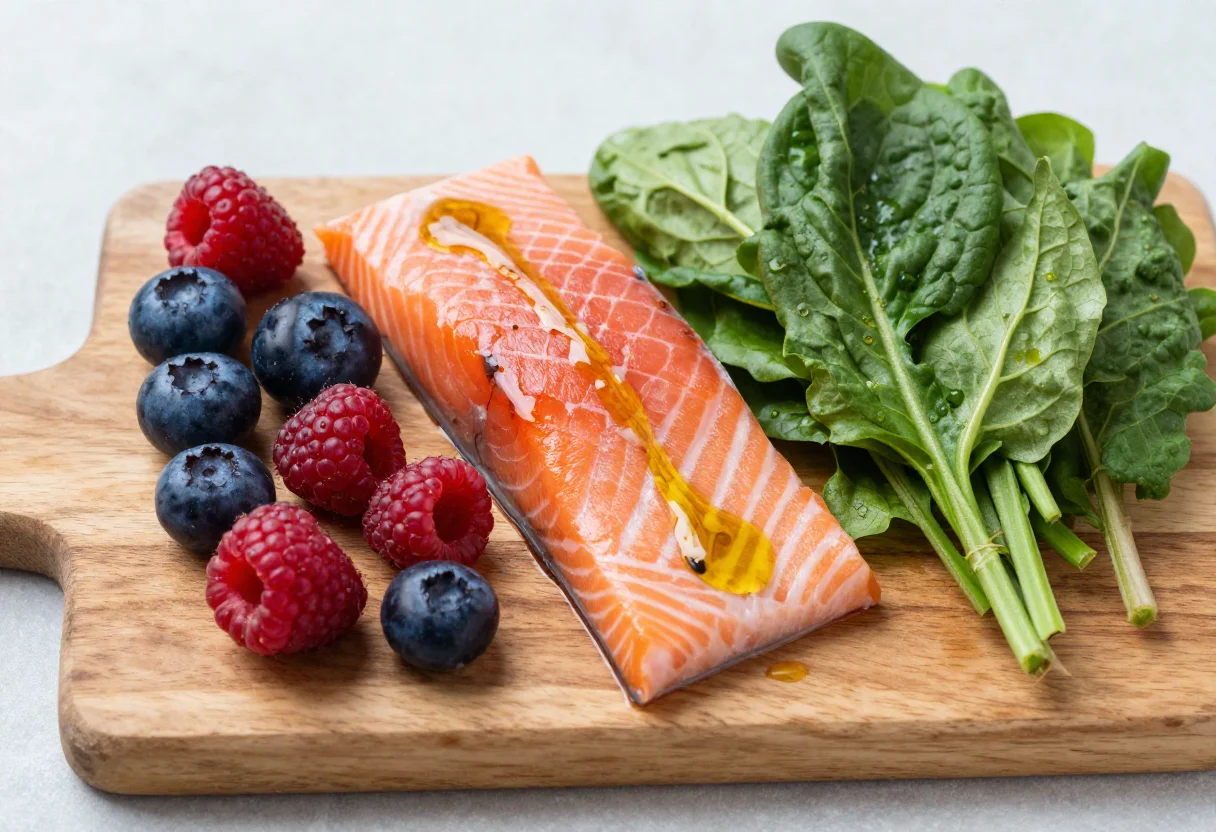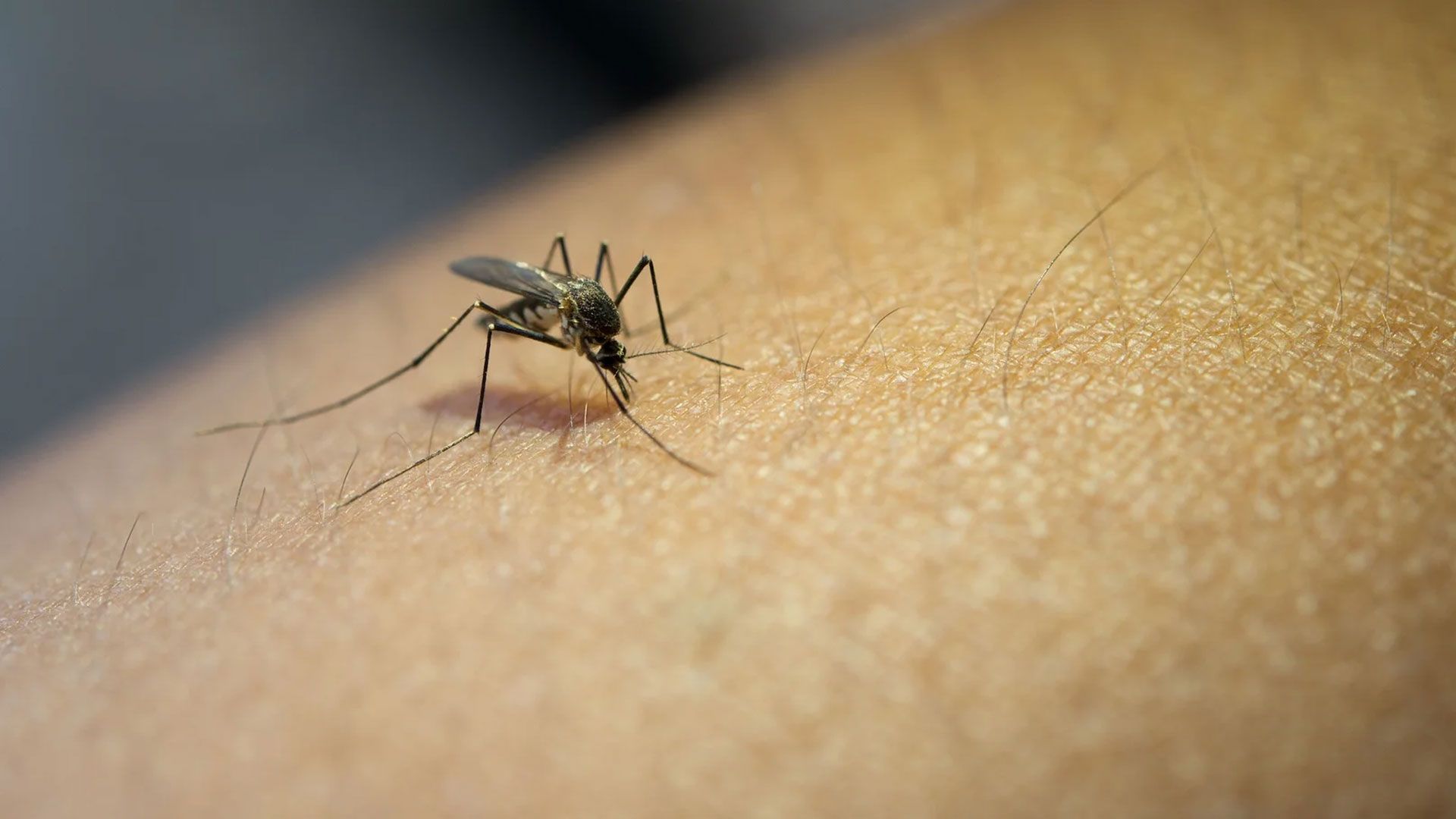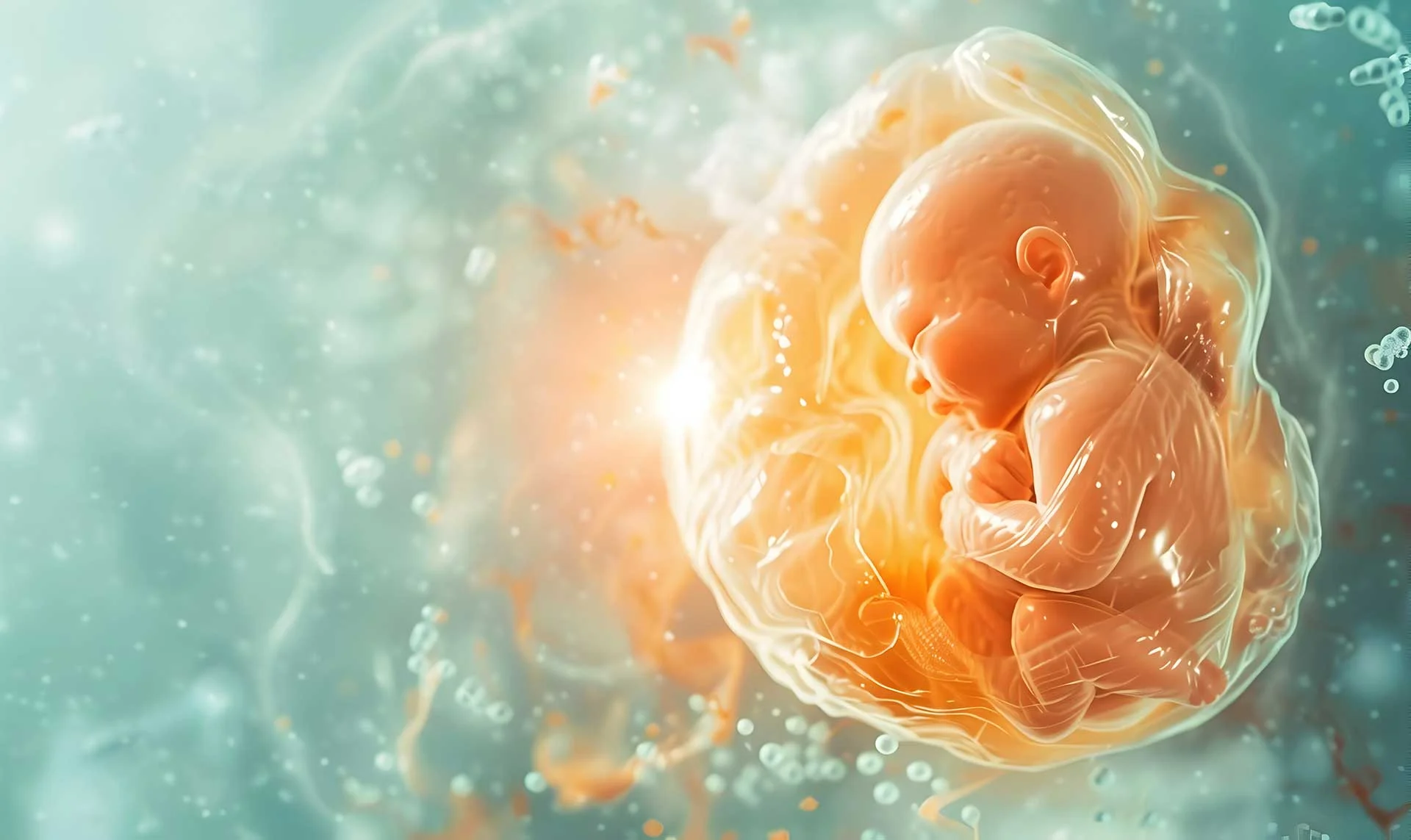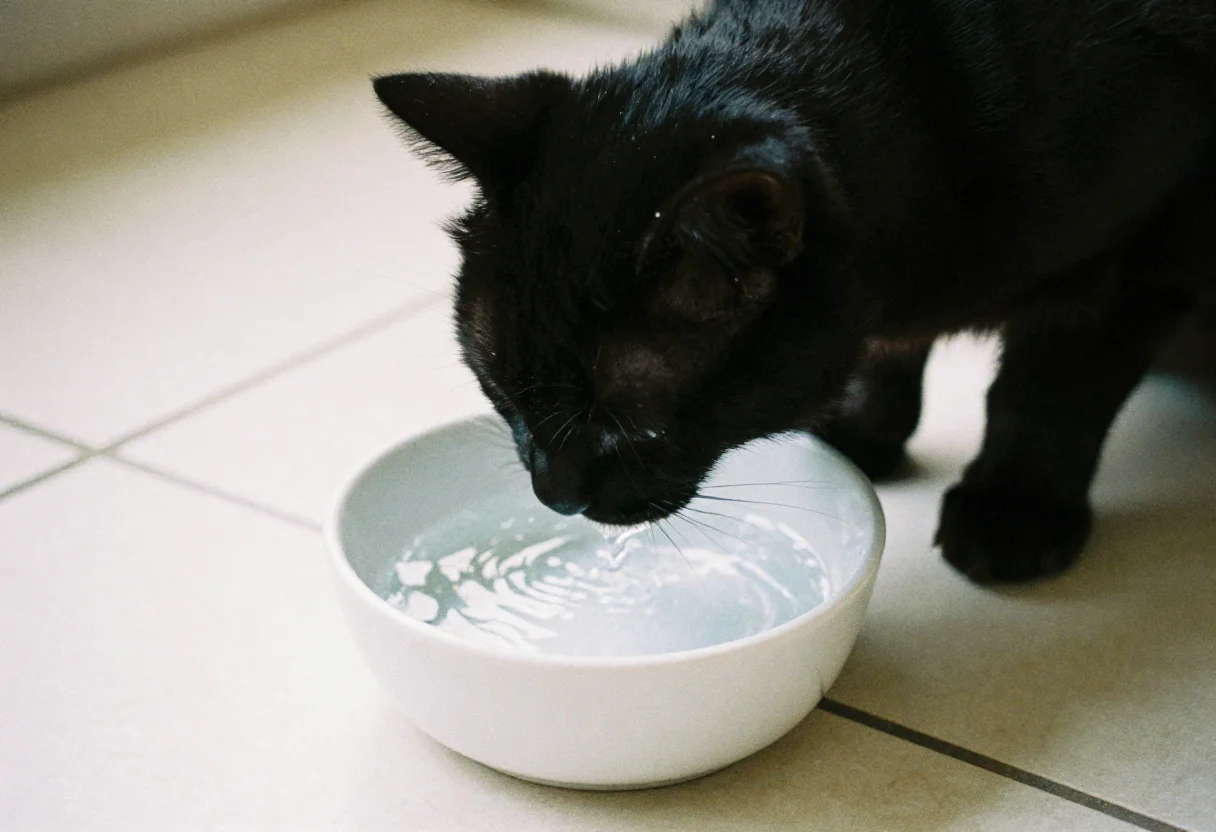
- To maintain the red/pink color of the meat.
- To enhance flavor by suppressing fat oxidation.
- To prevent bacterial growth and reduce the risk of food poisoning.
However, nitrites in processed meat can transform into harmful N-nitroso compounds, primarily nitrosamines, when exposed to high temperatures. Additionally, processed meat products are rich in sodium chloride (table salt), which, when consumed excessively, increases the risk of hypertension, strokes, and heart disease. Thus, consumers should be mindful of the frequency, quantity, and quality of processed meat products they consume.
- You don’t need to completely eliminate processed foods from your diet all at once. In fact, making changes gradually is often more effective and sustainable in the long run.
- When choosing processed meat products, read and compare labels carefully.
- If you eat red meat several times a day (for example, sausages or sucuk for breakfast, a ham sandwich for lunch, and a steak for dinner), try reducing your consumption to once a day.
- Alternatively, you can incorporate plant-based protein sources such as tofu, beans, lentils, and tempeh into your diet.
- Replace processed meat products like ham, bacon, salami, and sausages with healthier protein sources such as chicken, salmon, turkey, or tuna. For example:
- Baysal, A. Genel Beslenme (13 b.). Ankara: Hatiboğlu Yayınevi. 2010.
- Boada, L. D., Henríquez-Hernández, L. A., & Luzardo, O. P. The impact of red and processed meat consumption on cancer and other health outcomes: Epidemiological evidences. Food and Chemical Toxicology (2016).
- Bouvard, V. et al. Carcinogenicity of consumption of red and processed meat. The Lancet Oncology (2015).
- Doktora, C.L.R. et al. Amerikan Kanser Derneğinin Kanser Önlemeye Yönelik Diyet ve Fiziksel Aktivite Kılavuzu. CA CANCER J CLIN. (2020).
- Dünya Kanser Araştırma Fonu Uluslararası. Kırmızı ve işlenmiş eti sınırlayın. 8 Ocak 2024'te erişildi. https://www.wcrf.org/diet-activity-and-cancer/cancer-prevention-recommendations/limit-red-and-processed-meat/
- Dünya Sağlık Örgütü Uluslararası Kanser Araştırma Ajansı. IARC monografileri kırmızı et ve işlenmiş et tüketimini değerlendiriyor. 26 Ekim 2015. Erişim tarihi 12 Şubat 2024. https://www.iarc.who.int/wp-content/uploads/2018/07/pr240_E.pdf
- Farvid MS et al. Kırmızı et ve işlenmiş et tüketimi ve kanser insidansı: sistematik bir inceleme ve prospektif çalışmaların meta-analizi. Eur J Epidemiol. (2021)
- Gençcelep, H. Sucuk üretiminde değişik starter kültürler ve farklı nitrit seviyelerinin biyojen amin oluşumu üzerine etkileri, Doktora Tezi, Atatürk Üniversitesi Fen Bilimleri Enstitüsü (2006).
- Gu X et al. Red meat intake and risk of type 2 diabetes in a prospective cohort study of United States females and males. Am J Clin Nutr (2023).
- Hancu, A., Mihaltan, F., Radulian, G. Asthma and Ultra-Processed Food.a Journal of Clinical Medicine. (2019).
- Hord, N. G., Tang, Y., & Bryan, N. S. Food sources of nitrates and nitrites: the physiologic context for potential health benefits. The American journal of clinical nutrition (2009).
- Jung, E. Y., Hwang, Y. H., and Joo, S. T. Muscle profiling to improve the value of retail meat cuts, Meat science (2016).
- Kaya, M. et al. Gıda sanayinin teknolojik analizi. Ziraat Mühendisliği VII. Teknik Kongresi (2010).
- Keskin, T. Sucuk, Salam, Sosı̇s ve Pastırmalarda Salmonella Spp. Ve Lı̇sterı̇a Monocytogenes Varlığı İle Kı̇myasal Krı̇terlerı̇nı̇n Belı̇rlenmesı̇, Doktora Tezi, Selçuk Üniversitesi (2022).
- Libera, J., Iłowiecka, K., & Stasiak, D. Consumption of processed red meat and its impact on human health: A review. International Journal of Food Science & Technology (2021).
- Özlü, S., Ercoşkun, H. Et ve Sağlıklı Beslenme. Journal of Food and Feed Science (2021).
- Öztürk, U., Gürbüz, Ü., ve Çalım, H. D. Et ve et ürünlerinde mikrobiyolojik kriterler ve halk sağlığı açısından önemi, Türkiye (2006).
- Pereira, A. P. et al. Mead production: fermentative performance of yeasts entrapped in different concentrations of alginate, Journal of the Institute of Brewing (2014).
- Pereira, PMDCC., and Vicente, AFDRB. Meat nutritional composition and nutritive role in the human diet, Meat science (2013).
- Santarelli, R.L., Pierre, F., Corpet, D.E. Processed meat and colorectal cancer: a review of epidemiologic and experimental evidence. Nutrition and Cancer (2008).
- Sezer, Ç., Öğün, M., ve Güven, A. Salam ve sosislerin bazı kimyasal özelliklerinin incelenmesi, Kafkas Üniversitesi Veteriner Fakültesi Dergisi (2013).
- Taşçı, F. Et ve İşlenmiş Et Tüketiminin Halk Sağlığına Etkileri. Bilge International Journal of Science and Technology Research. (2019).
- TÜİK. Türkiye İstatistik Kurumu Kırmızı Et Üretim İstatistikleri, (2022). https://data.tuik.gov.tr/Bulten/Index?p=Kirmizi-Et-Uretim-Istatistikleri-2020-2021-45671, [Ziyaret Tarihi: 28 Ağustos 2023].
- Williams, P. Nutritional composition of red meat. Nutrition & Dietetics.
- Wolk, A. Potential Health Hazards of Eating Red Meat. Journal of Internal Medicine (2016).
- World Health Organization. (2003). Global cancer rates could increase by 50% to 15 million by 2020. In Global cancer rates could increase by 50% to 15 million by 2020.
- Wyness, L. Red meat in the diet: an update. Nutrition Bulletin (2011).
- Zhou, G. H., Xu, X. L., and Liu, Y. Preservation technologies for fresh meat–A review. Meat science (2010).















